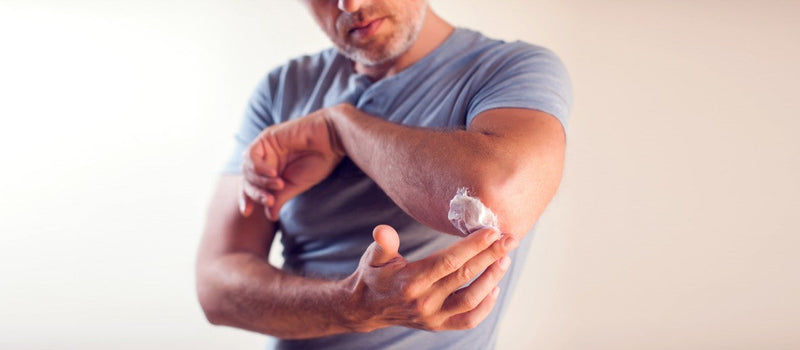

If you suffer from diabetes, you may develop skin problems. In fact, skin problems may actually be the first sign that you have diabetes. Sugar leads to inflammation, which can cause skin breakouts and other inflammatory skin conditions. The good news is that most conditions can be prevented or treated if caught early.
Prevent skin issues
Above all, you want to control your diabetes by keeping your blood sugar levels in a normal range. You also want to maintain a health care regimen that includes proper nutrition, exercise and the right medications.
Good skin care begins with being extra careful about dry skin. High blood sugar may cause greater loss of fluid from the body leading to dry skin on the legs, elbows, feet and other areas. If dry skin becomes cracked, germs can get into these areas and cause infection. Bacterial infections are common among diabetics. Staphylococcus are more common and more serious in people with diabetes when it’s not controlled.[1]
A yeast like fungal infection called "Candida albicans" is responsible for many of the fungal infections causing skin problems in people with diabetes.[2]
Stay ahead of potential skin problems
You need to stay ahead of potential skin problems. When you are outdoors, cover your legs with long pants and your feet with well-fitting and flat shoes. Protect your skin from the cold or wind by covering your ears and face and wear a hat and warm gloves.
Other year-round skin care tips include:
- Keep skin clean and dry
- Check your skin daily, scanning for potential issues, which can include a dry skin patch to a small cut.
- Take short lukewarm baths or showers and try not to scrub too hard when bathing or showering.
- Use mild, gentle cleansers. Fragrance free soaps will help avoid irritations.
- Make sure to dry your skin everywhere after washing. Dry well patting gently.
- Use a humidifier during winter to add moisture back into the air.
- Wear sunscreen, even on cloudy days. A sunburn can raise your blood sugar levels and can also cause dehydration and inflammation.[3]
- Treat cuts right away. Wash minor cuts with soap and water and only use an antibiotic cream if advised by your doctor. If you get a major cut, burn or infection, see your doctor right away.
- Take good care of your feet. Check your feet every day for sores and cuts. Check your shoes for foreign objects before putting them on.
- Moisturize your skin. Best to moisturize right after shower or bath to lock water into your skin.
EASE-Z Diabetics’ Skin Therapy
For moisturizing consider EASE-Z Diabetics’ Dry Skin Therapy Lotion and Diabetics’ Dry Skin Therapy Foot Cream. They were developed specifically to relieve and protect dry, cracked skin associated with diabetes. The over-the-counter offerings uniquely feature active Zinc Acetate to relieve and protect. They are unscented and non-greasy for added comfort. Learn more about Ease-Z.
[1] Dansinger, Michael MD, “Skin Problems in Diabetes,” WebMD, May 18, 2021. https://www.webmd.com/diabetes/skin-problems
[2] IBID
[3] Richmond, Christine, “Diabetes and Your Skin: Take Care Every Day,” WebMD, January 11, 2022. https://www.webmd.com/diabetes/diabetes-skin-care








